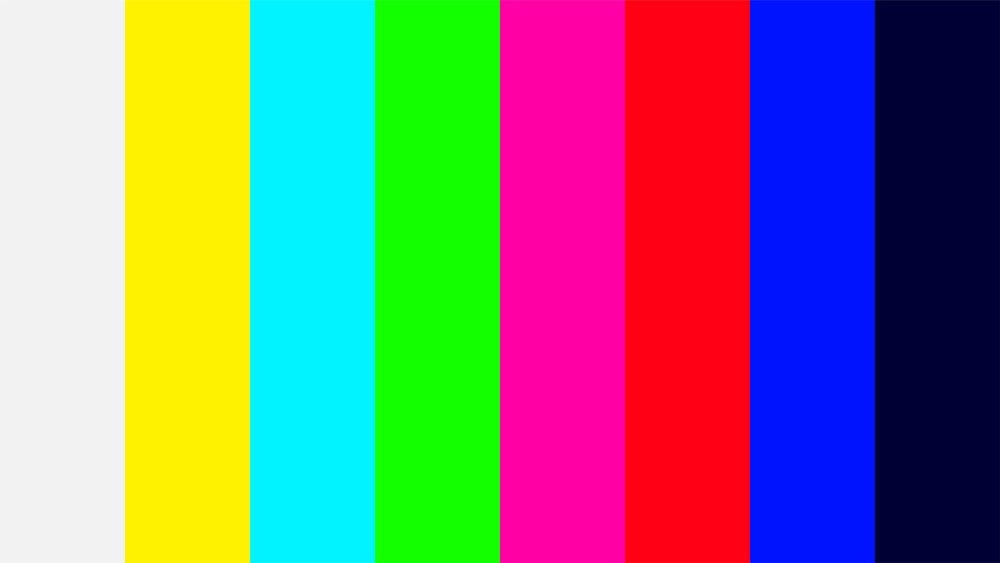Business cleaning can be both challenging and frustrating, especially for people who do not clean full time. They might not know what to clean and how. They might not know how to differentiate between cleaning tools and supplies. They might not even know how to prioritize cleaning tasks.
Professionals in our industry do what they can to eliminate the confusion. One of the tools professionals utilize is the color-coding model. By assigning different colors, cleaners can more easily identify everything from appropriate cleaning supplies to hazard risks.
All Pro Cleaning Systems provides commercial cleaning services for all sorts of spaces. We clean medical buildings, offices, retail spaces, industrial environments, and more. We can tell you that the color-coding model is nearly universal. It works everywhere.
Color Coding: The Basics
Color codes can be assigned in a variety of different ways. They can be assigned only to cleaning supplies or equipment. They can also be assigned to specific tasks. The goal is to create a system by which cleaning staff can make wise choices.
Here are the four most common colors and what they typically mean:
1. Red
Red generally designates a high-risk area where germs and bacteria are likely to proliferate. In terms of spaces, restrooms immediately come to mind. But there are designated red surfaces as well. Think of toilets, break room appliances, and so forth. Red designates that surfaces need to be sanitized as well as surface cleaned.
2. Yellow
Although most medical settings would be considered high risk, our industry tends to use yellow to designate medically related things. Any surfaces within a clinical setting requiring a high degree of hygiene are tagged as yellow. Likewise, cleaning products designed for high-risk medical needs share the same color.
3. Green
Green designates medium risk. In a business environment, food preparation services in a break room would be designated as green. At a restaurant, any area that could contribute to cross-contamination would be considered green as well.
4. Blue
When cleaning crews see the color blue, they know they are dealing with low-risk areas. Blue is associated with offices, cubicles, and the like. Areas designated blue are not associated with any direct contact with food or bodily fluids.
Matching Equipment With Risk
Perhaps you noticed that the color designations in the previous list are all related to the risks associated with specific areas and surfaces. But those same colors can be assigned to cleaning equipment and supplies. That way, cleaners can match the equipment and supplies they use to the spaces being cleaned.
A cleaning solution designated yellow is formulated specifically for high-risk medical environments. A cleaning solution labeled with blue is most likely an all-purpose cleaner that can be used on everything from filing cabinets to desktops.
The Benefits of Color Coding
Let us wrap up by discussing some of the benefits of utilizing the color-coding model. Most importantly, color coding reduces the risks of cross contamination. By isolating and cleaning surfaces based on color, cleaners are less likely to spread germs from one area to the next. Other benefits include:
- Greater efficiency
- Improved safety
- Improved compliance
- Simpler training
- Healthier cleaning environments
There is no doubt that it is possible to get by in business cleaning without using a color-coding system. But color coding is so widespread in our industry that ignoring it does not make a lot of sense. If you are noticing confusion among your cleaning staff in terms of prioritizing and choosing the right equipment, look into color coding. Better yet, let All Pro Cleaning Systems handle things for you.


